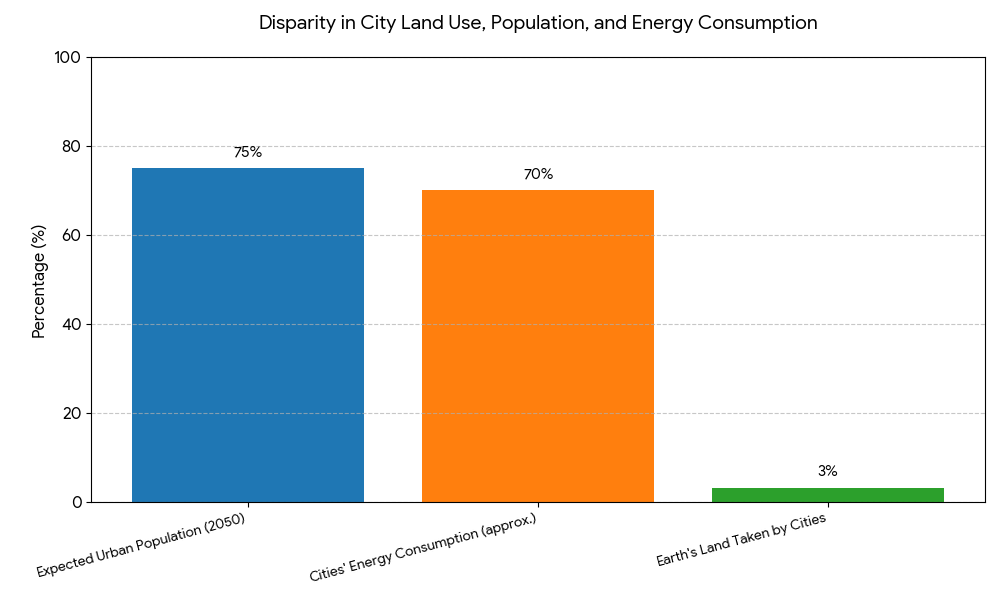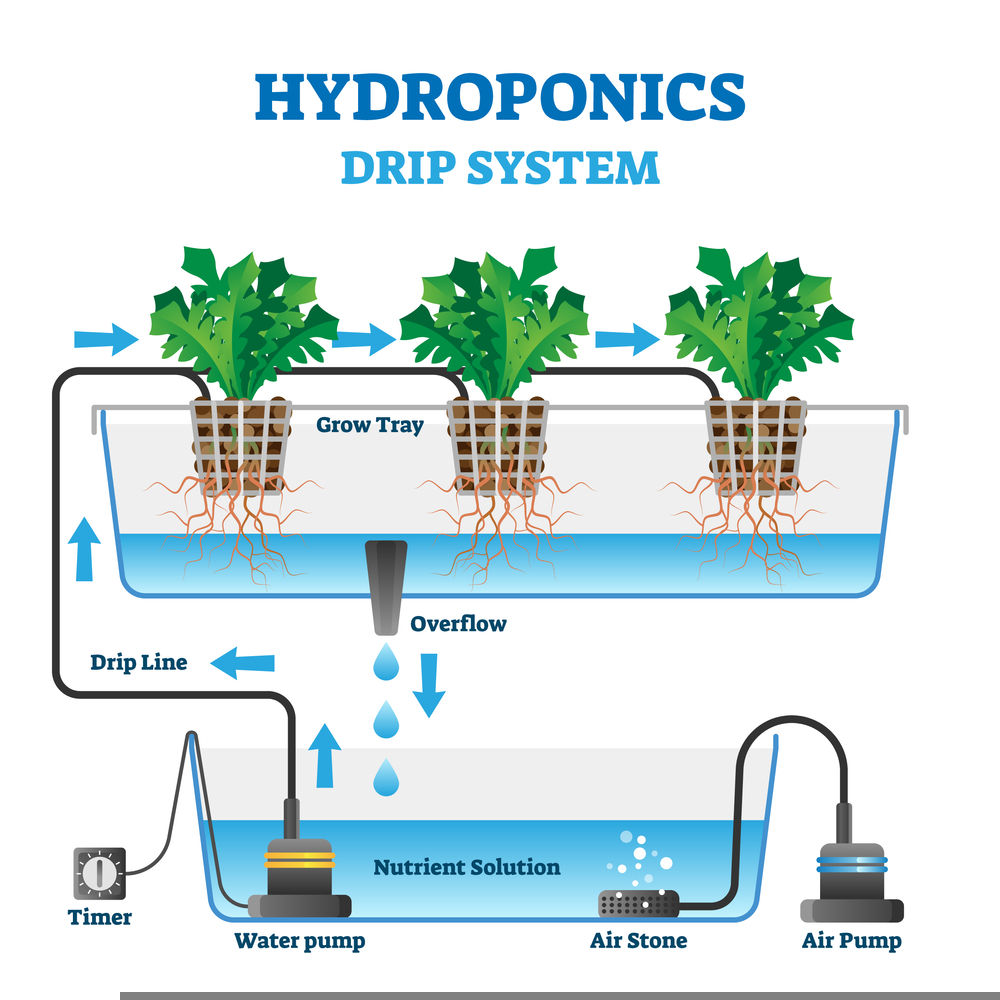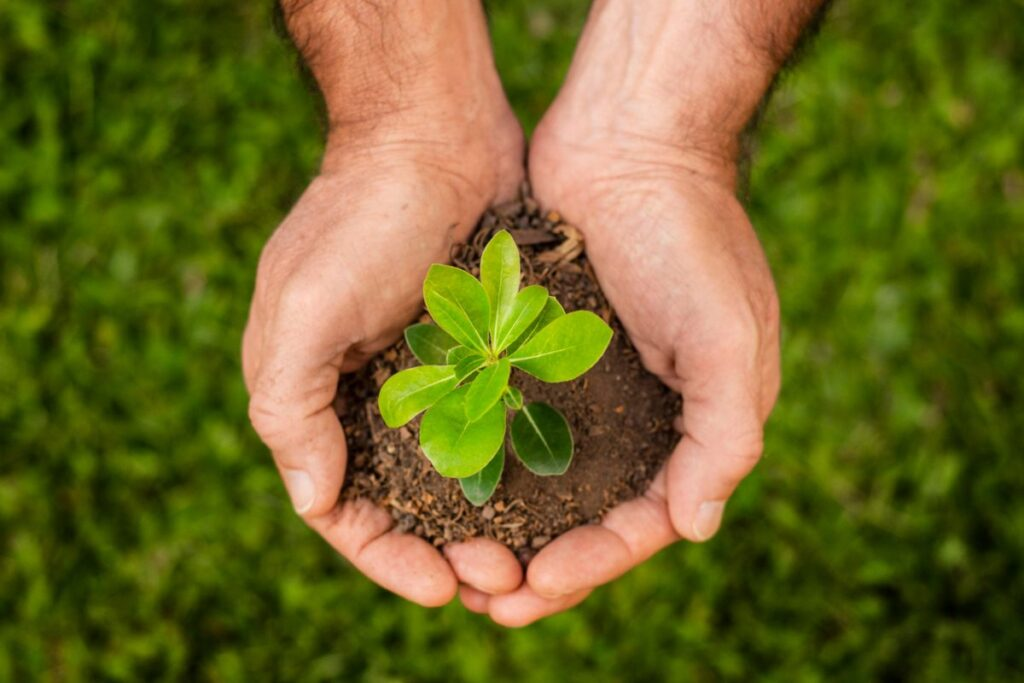Hydroponics – A Smarter Way to Grow Food
Have you ever considered how we’ll feed nearly 9 billion people by 2050? That’s the number the UN’s Food and Agriculture Organization (FAO) predicts (Velazquez-Gonzalez et al., 2022). With more people moving into cities and less farmland available, this
is a big question for our future. That’s where hydroponics comes in. Instead of using soil, hydroponics grows plants directly in nutrient-rich water. It sounds futuristic, but it’s already happening around the world. And the best part? It conserves
water, land, and avoids the use of harmful chemicals compared to traditional farming.
 Contrast between Traditional Farming & Vertical Farming
Contrast between Traditional Farming & Vertical FarmingWhy Hydroponics Matters
Traditional farming faces huge challenges:
- Climate change is ruining farmland.
- Water scarcity makes it harder to grow crops.
- Soil pollution from pesticides and fertilizers is becoming dangerous.
Hydroponics offers a way out because plants can grow in small spaces, even in cities, and don’t need soil at all. Imagine fresh vegetables growing inside apartments, on rooftops, or small community centers!
Urban Life + Hydroponics = Food Security
By 2050, approximately 75% of the world’s population is expected to reside in cities (Velazquez-Gonzalez et al., 2022). Cities already take up only 3% of Earth’s land but consume 60–80% of energy. That’s crazy, right?
If space is shrinking, we can’t rely only on traditional fields. Hydroponics and urban agriculture allow cities to grow their own food. This means fresher vegetables, reduced pollution from food transportation, and stronger local communities.

Disparity in City Land Use, Population, and Energy Consumption
How Hydroponics Works
Instead of soil, plants grow in:
- Nutrient water solutions
- Substrates like coco peat, perlite, or clay pellets
- Controlled environments like greenhouses
With technology, farmers can monitor pH, water quality, and temperature using sensors. This is part of what experts call Agriculture 4.0 – mixing farming with the Internet of Things (IoT) and smart tech.

Working of Hydroponics Drip System
Advantages of Hydroponics
- Uses less water than soil farming
- Can grow all year round (not stuck with seasons)
- Doesn’t waste land – you can even grow vertically
- Produces cleaner, healthier food
But it’s not all perfect. The technology cost can be high, especially for small farmers. That’s why scientists and innovators are developing low-cost systems for small- and medium-scale operations (Velazquez-Gonzalez et al., 2022).
Hydroponics = Sustainable Future
Hydroponics is directly linked to UN Sustainable Development Goal 11 (Sustainable Cities & Communities). Reducing waste, conserving resources, and cultivating food locally can help make our cities healthier and greener.
But the real success of hydroponics will be when it’s not just in huge commercial farms, but also in small communities and homes. That’s where the real impact will be.

Sustainable Agricultural Practices
Final Thought
As a student, I feel hydroponics is more than just a “cool farming technique.” It’s a way to secure our future food supply, combat climate change, and make cities more sustainable.
If we start adopting these systems today, by 2050, we might not be worrying about food shortages at all. Instead, we’ll be proud that we’ve made science a part of everyday life.
References
1. Velazquez-Gonzalez, R. S., Garcia-Garcia, A. L., Ventura-Zapata, E., Barceinas-Sanchez, J. D. O., &
Sosa-Savedra, J. C. (2022). A Review on Hydroponics and the Technologies Associated for Medium- and
Small-Scale Operations. Agriculture, 12(5), 646. https://doi.org/10.3390/agriculture12050646

